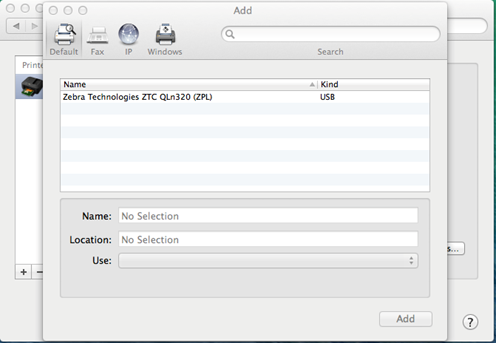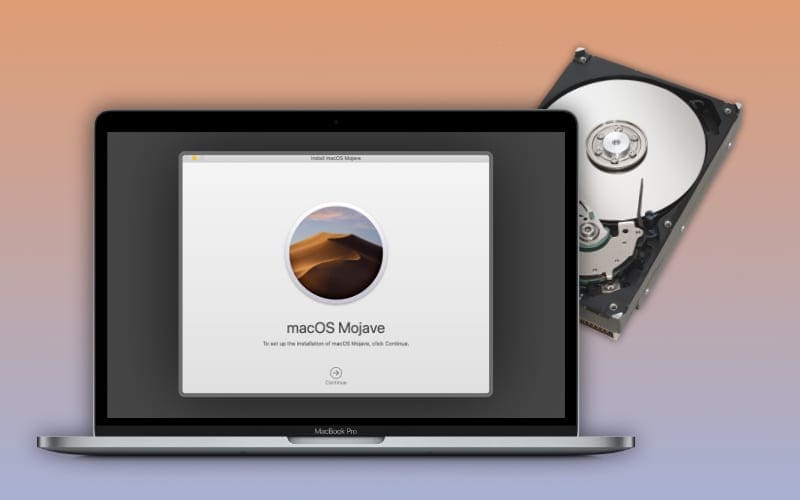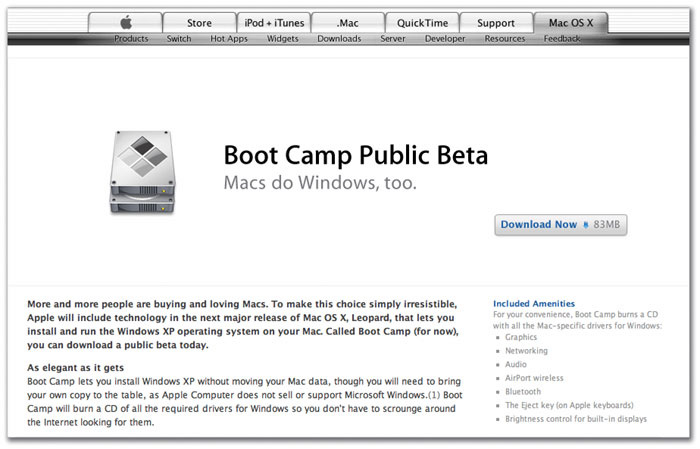- Logitech Drivers For Mac Os
- Can You Install Drivers For Mac Os Mojave
- Can You Install Drivers For Mac Os Mojave
- Install Drivers Hp
- Can You Install Drivers For Mac Os Sierra
11) Download and install the latest Mac OS X driver from the FTDI: it's 2.2.0 at the time of writing. Don't be confused because it says 'Mac OS X (Intel)', it's actually universal! 12) Reboot 13) Log in as an administrator user. Run the macosxsetup.command 14) If you usually work as a non-admin user, log out and log in as that non. Hardware Drivers in OS X are typically in the form of Kernel Extensions and the primary location is /System/Library/Extensions/ however they can also be within an Application Bundle. You can use kextunload to unload a Kernel extension. Learn more about OS X; Safari extensions are a great way for you to add new features to Safari. Built by developers, Safari extensions use the latest web technologies. Mac OS X PostScript Driver for EFI Fiery Controller v2.0 for Mac OS 10.11 to macOS 10.14 This Fiery Driver supports Mac OSX 10.11, 10.12, 10.13 and 10.14. Sep 11, 2020 Click Drivers, and select the audio drivers that are necessary for your hardware. Click Misc, and select any necessary drivers. You may need to also select disk, network, or USB drivers depending on your hardware. Click Bootloaders, and select your desired bootloader.
This article explains how to install the Microsoft ODBC Driver for SQL Server on macOS. It also includes instructions for the optional command-line tools for SQL Server (bcp and sqlcmd) and the unixODBC development headers.
This article provides commands for installing the ODBC driver from the bash shell. If you want to download the packages directly, see Download ODBC Driver for SQL Server.
Microsoft ODBC 17
To install Microsoft ODBC driver 17 for SQL Server on macOS, run the following commands:
Important
If you installed the v17 msodbcsql package that was briefly available, you should remove it before installing the msodbcsql17 package. This will avoid conflicts. The msodbcsql17 package can be installed side by side with the msodbcsql v13 package.
Logitech Drivers For Mac Os
Previous versions
The following sections provide instructions for installing previous versions of the Microsoft ODBC driver on macOS.

ODBC 13.1

Use the following commands to install the Microsoft ODBC driver 13.1 for SQL Server on OS X 10.11 (El Capitan) and macOS 10.12 (Sierra):
Driver files
The ODBC driver on macOS consists of the following components:
| Component | Description |
|---|---|
| libmsodbcsql.17.dylib or libmsodbcsql.13.dylib | The dynamic library (dylib) file that contains all of the driver's functionality. This file is installed in /usr/local/lib/. |
msodbcsqlr17.rll or msodbcsqlr13.rll | The accompanying resource file for the driver library. This file is installed in [driver .dylib directory]../share/msodbcsql17/resources/en_US/ for Driver 17 and in [driver .dylib directory]../share/msodbcsql/resources/en_US/ for Driver 13. |
| msodbcsql.h | The header file that contains all of the new definitions needed to use the driver. Note: You cannot reference msodbcsql.h and odbcss.h in the same program. msodbcsql.h is installed in /usr/local/include/msodbcsql17/ for Driver 17 and in /usr/local/include/msodbcsql/ for Driver 13. |
| LICENSE.txt | The text file that contains the terms of the End-User License Agreement. This file is placed in /usr/local/share/doc/msodbcsql17/ for Driver 17 and in /usr/local/share/doc/msodbcsql/ for Driver 13. |
| RELEASE_NOTES | The text file that contains release notes. This file is placed in /usr/local/share/doc/msodbcsql17/ for Driver 17 and in /usr/local/share/doc/msodbcsql/ for Driver 13. |
Resource file loading
The driver needs to load the resource file in order to function. This file is called msodbcsqlr17.rll or msodbcsqlr13.rll depending on the driver version. The location of the .rll file is relative to the location of the driver itself (so or dylib), as noted in the table above. As of version 17.1 the driver will also attempt to load the .rll from the default directory if loading from the relative path fails. The default resource file path on macOS is /usr/local/share/msodbcsql17/resources/en_US/
Troubleshooting
Some users encounter an issue when trying to connect after installing the ODBC driver and receive an error like: '[01000] [unixODBC][Driver Manager]Can't open lib 'ODBC Driver 17 for SQL Server' : file not found (0) (SQLDriverConnect)'. It may be the case that unixODBC is not configured correctly to find registered drivers. In these cases, creating a couple symbolic links can resolve the issue.
For additional cases where you are unable to make a connection to SQL Server using the ODBC driver, see the known issues article on troubleshooting connection problems.
Next steps
After installing the driver, you can try the C++ ODBC example application. For more information about developing ODBC applications, see Developing Applications.
For more information, see the ODBC driver release notes and system requirements.

Uninstalling Software: The Basics
Most OS X applications are completely self-contained 'packages' that can be uninstalled by simply dragging the application to the Trash. Applications may create preference files that are stored in the /Home/Library/Preferences/ folder. Although they do nothing once you delete the associated application, they do take up some disk space. If you want you can look for them in the above location and delete them, too.
Some applications may install an uninstaller program that can be used to remove the application. In some cases the uninstaller may be part of the application's installer, and is invoked by clicking on a Customize button that will appear during the install process.
Some applications may install components in the /Home/Library/Applications Support/ folder. You can also check there to see if the application has created a folder. You can also delete the folder that's in the Applications Support folder. Again, they don't do anything but take up disk space once the application is trashed.
Some applications may install a startupitem or a Log In item. Startupitems are usually installed in the /Library/StartupItems/ folder and less often in the /Home/Library/StartupItems/ folder. Log In Items are set in the Accounts preferences. Open System Preferences, click on the Accounts icon, then click on the LogIn Items tab. Locate the item in the list for the application you want to remove and click on the '-' button to delete it from the list.
Some software use startup daemons or agents that are a new feature of the OS. Look for them in /Library/LaunchAgents/ and /Library/LaunchDaemons/ or in /Home/Library/LaunchAgents/.
If an application installs any other files the best way to track them down is to do a Finder search using the application name or the developer name as the search term. Unfortunately Spotlight will not look in certain folders by default. You can modify Spotlight's behavior or use a third-party search utility, Easy Find, instead. Download Easy Find at VersionTracker or MacUpdate.
Some applications install a receipt in the /Library/Receipts/ folder. Usually with the same name as the program or the developer. The item generally has a '.pkg' extension. Be sure you also delete this item as some programs use it to determine if it's already installed.
There are many utilities that can uninstall applications. Here is a selection:
AppZapper
Automaton

Can You Install Drivers For Mac Os Mojave
Hazel
Can You Install Drivers For Mac Os Mojave
CleanApp
Yank
SuperPop

Uninstaller
Spring Cleaning
Look for them at VersionTracker or MacUpdate.
Install Drivers Hp
For more information visit The XLab FAQs and read the FAQ on removing software.
Can You Install Drivers For Mac Os Sierra
Dec 11, 2011 12:21 PM
